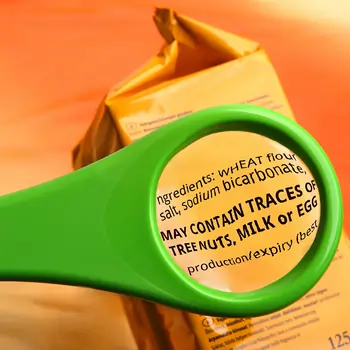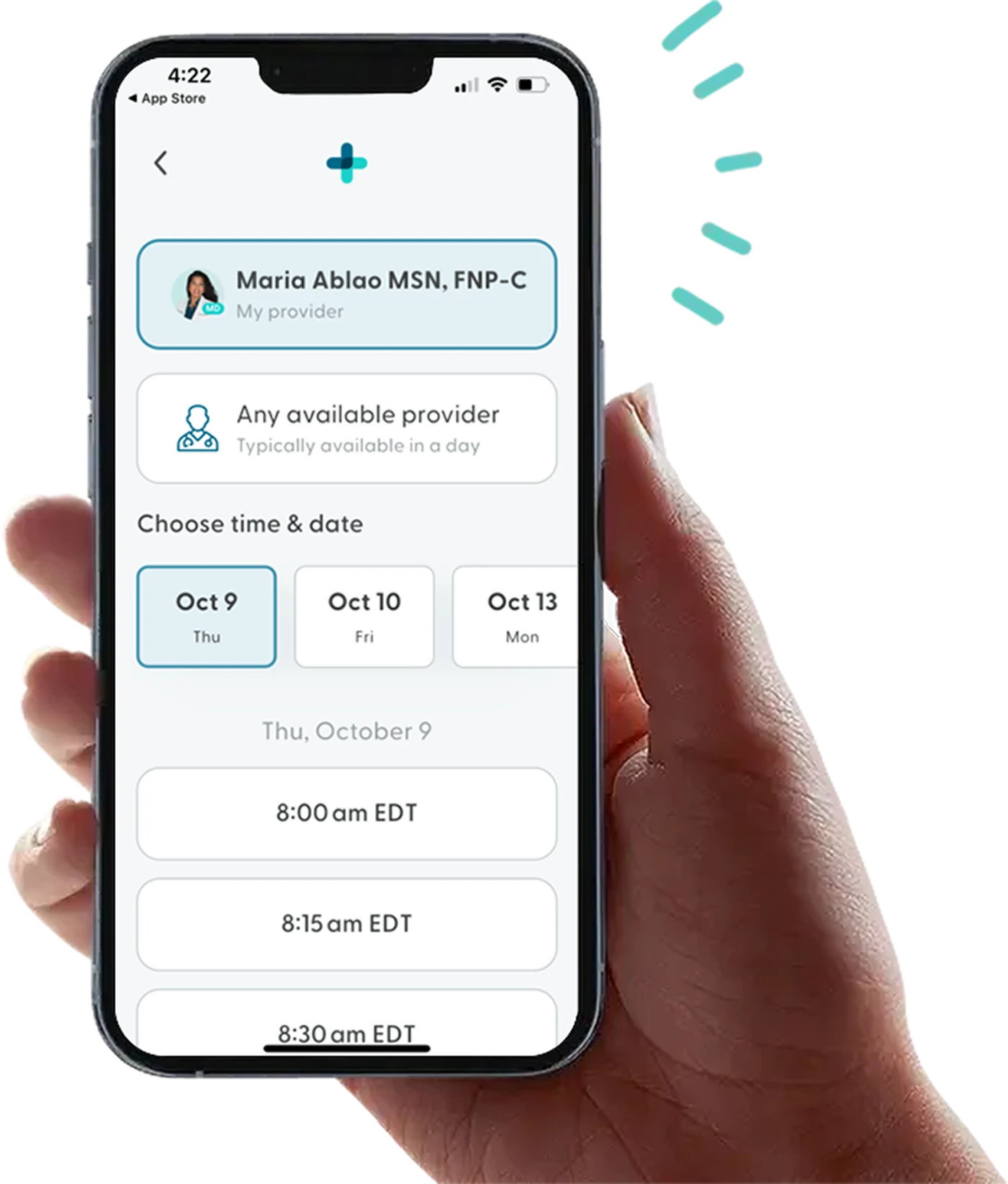Hidden Sources of Wheat: Where to Find it Beyond Pasta and Bread
Like gluten, wheat may be difficult to avoid entirely. Those with a wheat allergy may opt for a gluten-free diet to avoid as much exposure as possible. Many gluten-free products exclude traces of wheat and rye in addition to gluten.
While bread and pasta are commonly known foods to avoid, other wheat sources may be less evident. For those who have a wheat intolerance and want to avoid wheat proteins, there are alternative options to purchase or cook with at home.
Food allergies affecting your daily life?
Speak to a healthcare provider online about your allergy symptoms today.


Foods to Avoid if You Have a Wheat Allergy
Wheat is present in many baked goods, snacks, and recipes. Those with a wheat allergy experience an immune response after consuming certain wheat proteins. Some people may experience wheat intolerance — when the digestive system has trouble breaking down wheat proteins.
If you experience symptoms or have trouble with digestion after eating wheat, consider avoiding the following foods:
Bread
Brown rice syrup
Wheat flour
Crackers
Cereal
Condiments
Graham crackers
Chips
Pancakes
Pizzas
Beer
Yeast
Wheat is an ingredient commonly used in sauces and soups. You can find wheat in the following sauces:
Soy sauce
Teriyaki sauce
Canned soup
Salad dressings
What are Hidden Sources of Wheat in Foods?
The U.S. Food and Drug Administration (FDA) requires manufacturers to list major allergens like wheat on the nutrition label. If a food does not contain wheat directly but is made in a facility with wheat products, a nutrition label may include the words “may contain wheat” or “produced in a facility with wheat products.”
It’s important for those with a wheat allergy to check the nutrition labels of all foods. The following foods may contain wheat:
Licorice
Processed meats
Curry powder
Instant hot chocolate
Ice cream
While potatoes do not contain wheat, many fried foods have breading made with wheat proteins. French fries, chicken nuggets, and wings may contain wheat. However, many gluten-free batter options may reduce the risk of wheat ingestion.
Wheat Sources in Household Products and Cosmetics
Wheat may be a lesser-known ingredient in popular lip balms, lotions, and makeup products. Some lipsticks contain wheat germ oil to add hydration and color to the product. It can also be used in skincare products to help with exfoliation.
Using makeup products containing wheat when you have a wheat allergy may cause an allergic reaction. If you experience any itchiness, redness, or breakouts, be sure to read the ingredients on a product.
Additional Ingredient Names for Unexpected Sources of Wheat
Manufacturers often use wheat as a starch and starch derivative in packaged foods. Wheat may be listed on nutrition labels as hydrolyzed wheat starch or cornstarch.
As a starch, wheat proteins help create a certain consistency in baked goods. You may also see wheat listed as chemical names like Triticum vulgare and triticale.
Another less recognizable form of wheat is semolina. Semolina is an ingredient in many pastas and some Middle Eastern pudding recipes. Durum wheat is also often used in pasta.
Other alternative names nutrition labels may use for wheat sources include:
Farro
Kamut
Couscous
Bulgar
Bran
What are Alternatives for Foods with Wheat?
There are ways to still enjoy popular baked goods, starches, and toppings without wheat. Many grocery stores carry wheat-free options. However, if you don’t have access to wheat-free alternatives at your local grocery store, there are online options and alternative at-home recipes you may want to try instead.
Processed meats
Unlike other packaged foods, the guidelines for listing allergens on processed meats differ slightly. Many manufacturers use wheat as an ingredient in processed meats. Grass-fed and organic meat options are less likely to have wheat in them.
Health experts recommend those with a wheat allergy exercise caution when purchasing processed meats. The U.S. Department of Agriculture (USDA) regulates processed meats, which may mean some labels may list allergens differently.
Baked goods
Many baked goods contain wheat in flour and as a binding agent in the baking process. To avoid consuming wheat in premade cakes, cookies, and other baked goods, consider purchasing gluten-free flour and mixes. Xanthan gum is a popular alternative to baking without wheat.
Breadcrumbs
If traditional breadcrumbs are a staple in your kitchen, consider using crushed cornflakes instead. However, it’s safer to use gluten-free cornflakes to avoid exposure to wheat.
Pasta
Many grocery stores carry wheat-free pasta options. Those with a wheat allergy can make pasta with legumes like beans, peas, or lentils instead.
Sauces
Consider making homemade soy sauce with alternative thickening agents like arrowroot powder and potato flour. Some ketchup and hot sauce brands do not contain wheat or gluten.
Cosmetic products
To avoid the risk of allergic reactions from cosmetic products, using hypoallergenic and gluten-free products may help. Hypoallergenic products and makeup labeled as gluten-free are less likely to contain wheat products.
What are the Risks of Accidentally Consuming Wheat?
Depending on the severity of your wheat allergy, you may experience a wide range of symptoms after consuming wheat, including:
Coughing
Sneezing
Trouble breathing
Skin rash
Itching
Swelling
Those with celiac disease may also avoid wheat products. Celiac disease is an immune disorder where people may have intestinal damage from consuming gluten. People with celiac disease may experience the following symptoms from eating gluten-based products, which may sometimes include wheat as well:
Vomiting
Abdominal pain
Diarrhea
Weight loss
Fatigue
Where Can I Learn More About Food Allergies?
At LifeMD, you can speak with a licensed healthcare provider about what to do if you suspect you have a wheat allergy. They can give tips for keeping yourself safe during an allergic reaction and what foods to cut from your diet.
Book an appointment today to learn more about managing a tree nut allergy.
More articles like this
Feel better with LifeMD.
Your doctor is online and ready to see you.
Join LifeMD for seamless, personalized care — combining expert medical guidance, convenient prescriptions, and 24/7 virtual access to urgent and primary care.









